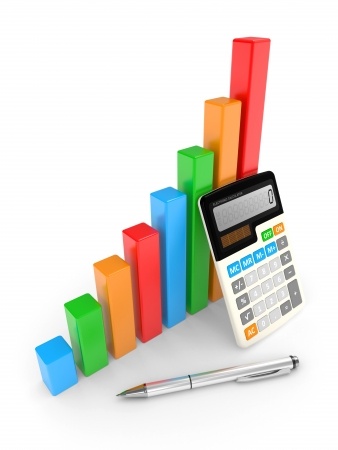Application Exercise 7b:

- The unemployment rate is 7.14% and has been determined by the total the number of unemployed (i.e. 50,000 people) by the size of the labour force (700,000 people).
- [Note: There is a typo in the text such that the 15,000 referred to in parenthesis should read 100,000].The total number of people underemployed in the economy is 10,000. To arrive at the underemployment rate, this needs to be divided by the size of the labour force (700,000) which means that the underemployment rate is 1.43%
- The participation rate is 70% and is determined by the size of the labour force (700,000 people) divided by the total ‘working age’ population (those over 15), which is 1,000,000 people.
- The underutilisation rate is determined by adding the total number of people who are unemployed with the total number of people who are underemployed and then dividing this total by the size of the labour force. The underutilisation rate therefore becomes 8.57%. [This can also be determined by adding the unemployment rate with the underemployment rate – ie. 7.14 + 1.43 = 8.57)
- This is determined by subtracting the total number of people who are in the labour force (i.e. employed and unemployed) from the size of the total population over 15. The answer becomes 300,000 people (1,000,000 – 700,000).
- People who would love to work but have stopped looking defined as hidden unemployed, which in this scenario is 5,000 people.
- Assuming that this 5000 people enter the labour market before any additional employment has actually occurred, then the following will happen. The number of people unemployed would increase from 50,000 to 55,000 and the size of the labour force would increase from 700,000 to 705,000 people. The unemployment rate would therefore increase to 7.8% and the participation rate would increase to 70.5%.
